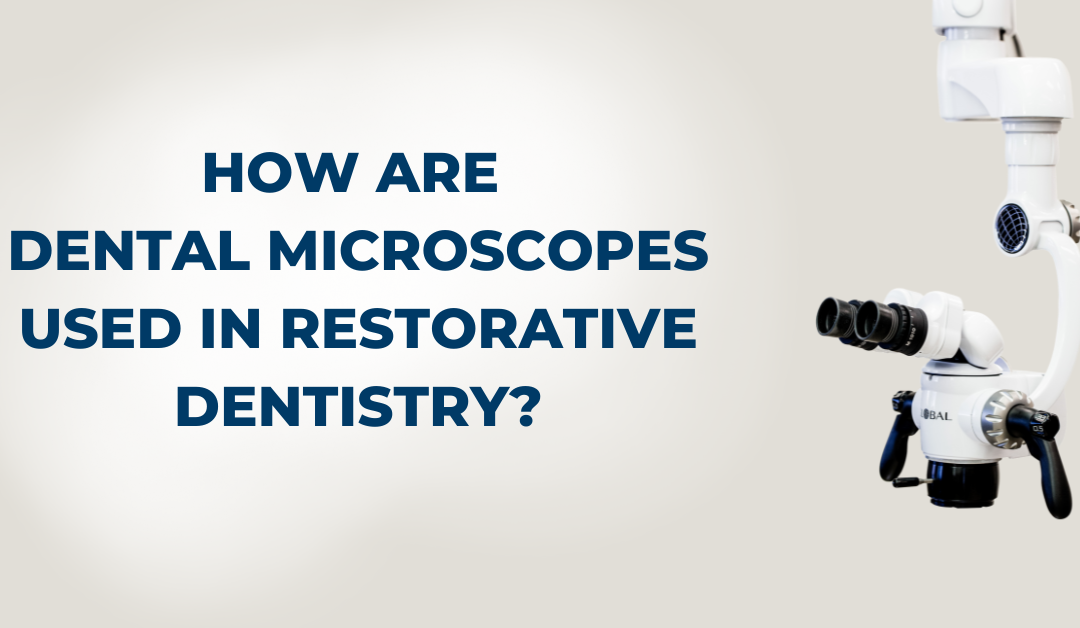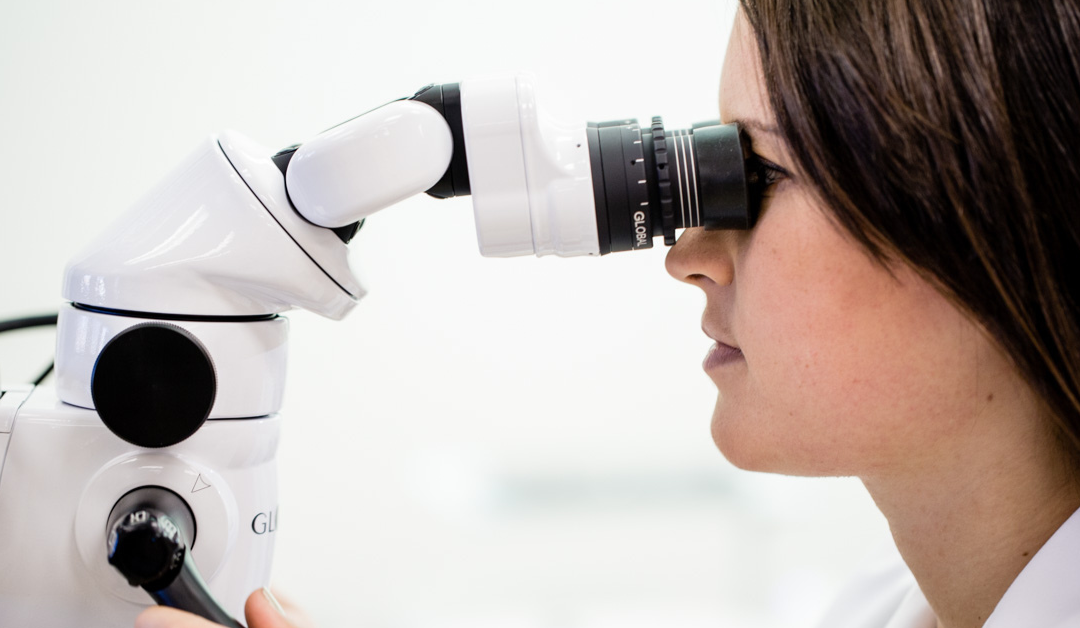How Are Dental Microscopes Used in Restorative Dentistry?
Restorative dentists are becoming more familiar with the benefits and advantages of using a dental microscope in their practice, particularly when compared to dental loupes or even unmagnified vision. A dental microscope offers enhanced visualization and precision during various restorative procedures, and maximizes ergonomic comfort for your long-term health as a dentist.


.png)
.png)

.png)
.png)
.png)
.png)

.png)